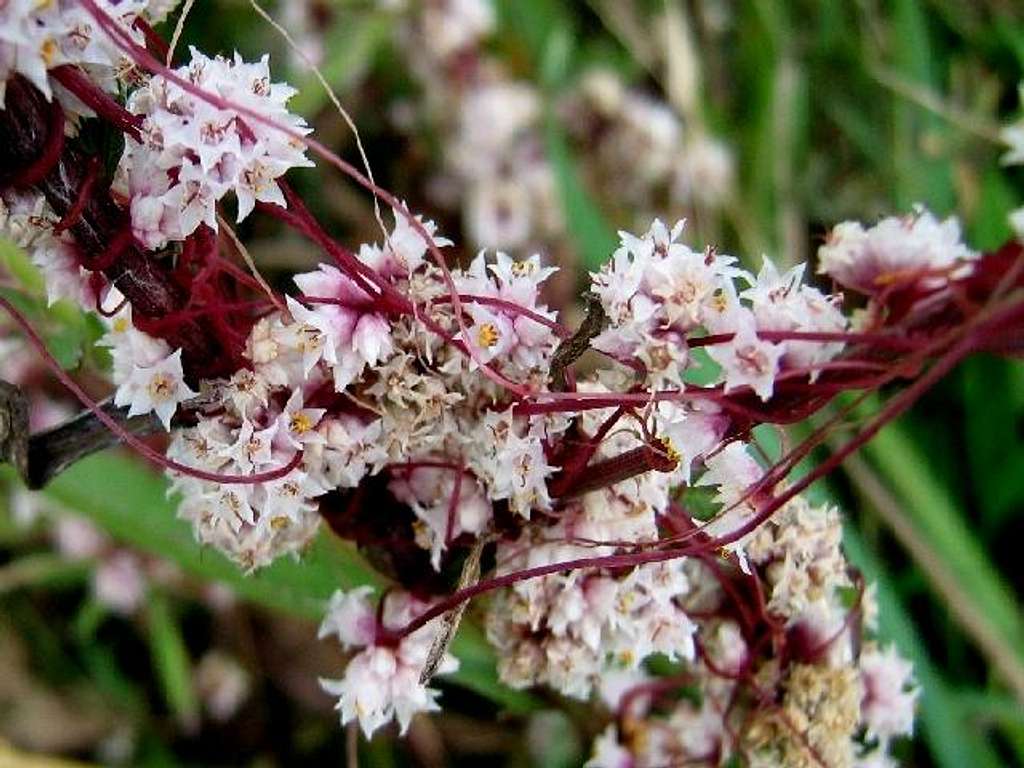Viewing: 1-2 of 2
Anya Jingle - Feb 15, 2008 9:46 am - Voted 10/10
Very interesting!In Nevada's desert there is also a Dodder parasite, but it looks so different from this one. Ours is bright orange and I have never seen it in bloom. I would never guess these two are related. Thanks for posting. Greetings!
Henryk - Feb 18, 2008 3:28 am - Hasn't voted
Re: Very interesting!Thank you for your very interesting comment and vote. Greetings Henryk
Viewing: 1-2 of 2









Comments
Post a Comment